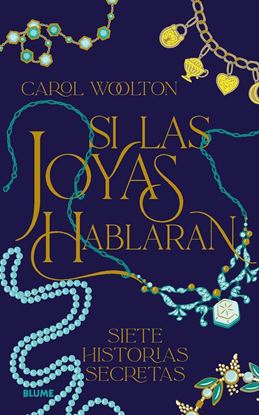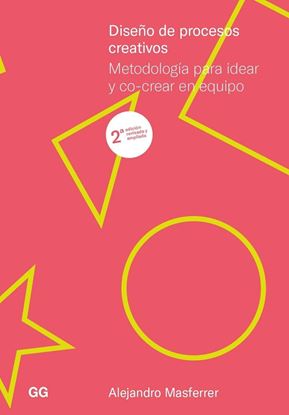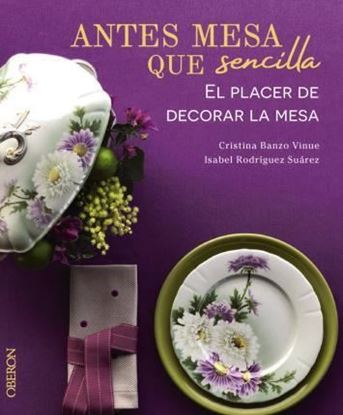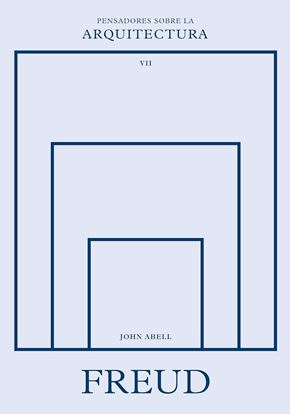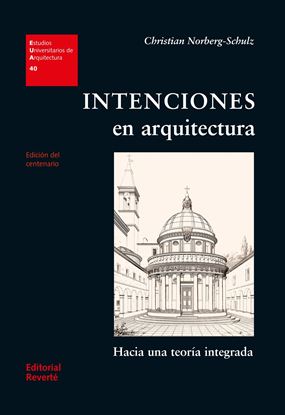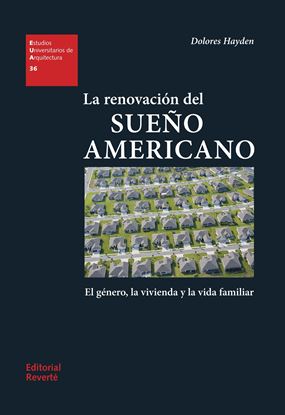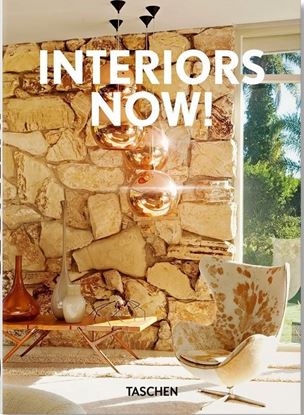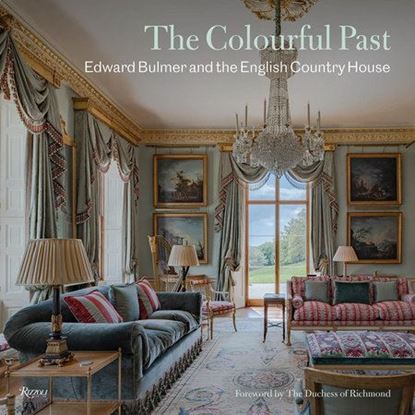

SI LAS JOYAS HABLARAN
* Un cofre del tesoro rebosante de historias olvidadas sobre las joyas que han acompañado al ser humano desde los albores del tiempo, de la mano de la experta en joyería Carol Woolton. Indaga en la historia y el significado cultural del ornamento humano, en una narración abundante en detalles y anécdotas variopintas. Carol Woolton, experta en historia de las joyas, directora de Joyería en la edición británica de Vogue y presentadora de un pódcast especializado, es la guía perfecta en este largo viaje con siete paradas: aretes, sortijas, cuentas, dijes, broches, brazaletes y tocados. Una inmersión en culturas de todo el mundo y todas las épocas para narrar la fascinante historia de los torques de plata vikingos, el jade imperial chino, los anillos posies del siglo xvi, las gemas naturales, los motivos de serpiente, los camafeos romanos, las joyas de boda hindúes, el oro etrusco, las monedas de la Grecia clásica, los piercings, las tiaras o las tobilleras.an cautivador y resplandeciente como sus protagonistas, este libro hará las delicias de todo amante de la joyería.
1,650
1,320
DISEÑO DE PROCESOS CREATIVOS
Trabajar en equipo es algo enormemente gratificante, pero también enormemente complejo. Tras muchos años de experiencia en la facilitación de procesos de creación en grupo, el autor ha sintetizado en este libro una eficaz metodología que sirve de guía para evitar los habituales puntos ciegos, errores, desequilibrios y amenazas que pueden obstruir el proceso y bloquear al equipo.
¿Qué debemos saber para co-crear con eficacia y disfrute? ¿Qué figuras o fases de ideación en equipo se dan en un proyecto? ¿Cómo evitar problemas habituales como las actitudes muy críticas, el recelo hacia las nuevas ideas, el conformismo o la falta de motivación del equipo?
1,700
1,360
ANTES MESA QUE SENCILLA. EL PLACER DE DE
Este libro invita a buscar la armonía y el contraste sobre el espacio finito de una mesa. La mesa es el lugar donde se conjugan la cultura, el gusto, la educación y las costumbres y puedes reinventarla sin grandes artificios, con lo que está al alcance de tu mano y anida en tu cabeza. Más allá de la superficie del tablero, es un espacio que invita al diálogo amable y a la felicidad compartida. Te acercamos un pequeño manual de primeros auxilios que reúne todos los secretos, trucos y consejos decisivos para adentrarse sin problemas en el mundo de las mesas.
1,750
1,400
FREUD SOBRE LA ARQUITECTURA
Freud sobre la arquitectura explica qué ofrece Sigmund Freud para comprender la creatividad y la experiencia de la arquitectura, con ejemplos que van desde el Movimiento Moderno hasta la actualidad.
Las observaciones de Freud sobre la mente humana y su influencia en la cultura y el comportamiento social han generado numerosos debates desde el siglo XIX. Sin embargo, lo que las ideas fundamentales de Freud ofrecen para comprender la creatividad y la experiencia de la arquitectura ha recibido muy poca atención directa. Esto se debe, en parte, a que Freud abrió la puerta a un lugar en el que la investigación convencional sobre arquitectura tiene poca fuerza: el inconsciente. Para complicar aún más las cosas, la obra de Freud es vasta y abrumadora. Freud sobre la arquitectura examina las ideas clave de Freud y cierra la brecha entre la arquitectura y la teoría psicoanalítica.
1,800
1,440
INTENCIONES EN ARQUITECTURA. HACIA UNA
Este libro apareció originalmente en inglés, fruto de la tesis doctoral del autor. La primera versión española se publicó en 1979 y se reimprimió en 1988. Desde entonces el libro ha estado descatalogado. Esta nueva edición, totalmente revisada y remaquetada con las figuras junto al texto, se publica para celebrar el centenario del nacimiento de Christian Norberg-Schulz.
Los arquitectos siempre se han mostrado bastante reacios a desarrollar una base teórica en su campo, sobre todo a causa del prejuicio de que la teoría acaba con la facultad creadora. En este estudio se intentará demostrar que esa visión es errónea.
El libro se centra principalmente en los aspectos simbólico y lingüístico, y su propósito es desarrollar una teoría integrada de la arquitectura. Para ello se indaga en la descripción y en las intenciones: la descripción, en la medida en que la arquitectura es una ciencia; las intenciones (tanto las del usuario como las del arquitecto), en la medida en que la arquitectura es un arte.
La estructura del libro es seguramente una de las construcciones intelectuales más impresionantes que haya elaborado nunca un arquitecto. Los fundamentos en los que se basa incluyen la psicología de la Gestalt, el mecanismo de la percepción, la teoría de la información, la filosofía analítica (en particular el análisis lingüístico) y la teoría general de los signos y los símbolos. Todos esos conocimientos tienen su lugar y su propósito, ninguno se emplea para lograr un efecto puramente decorativo. Y todos esos enfoques, aparentemente divergentes, se articulan en un plan estrictamente organizado para proponer una teoría de aplicación general, una teoría que abarca los aspectos funcionales, formales y técnicos que, combinados mediante relaciones semánticas, están siempre presentes en la obra de arquitectura, entendida como una totalidad.
1,950
1,560
GENIUS LICI; PAISAJE, AMBIENTE Y ARQUIT.
Este libro apareció originalmente en 1979 en su versión italiana, y un año después en inglés. Pese al prestigio de su autor, nunca se había traducido al español, por lo que la presente edición es casi una novedad.
Como se indica nada más empezar el prefacio, este estudio sobre el concepto del 'espíritu del lugar', el genius loci de los antiguos romanos, es una continuación de tres libros anteriores del autor, todos existentes en versión española: Intenciones en arquitectura (1963), Existencia, espacio y arquitectura (1971) y Arquitectura occidental (1974).
La idea fundamental del libro es que el ser humano necesita un 'punto de apoyo existencial' y que es la arquitectura, en sus diversas escalas, la que se lo puede proporcionar. Para ello, el principal objetivo que se plantea el texto es exponer las implicaciones psíquicas de la arquitectura y no tanto su lado práctico, aun sabiendo que existe una relación entre ambos aspectos.
Las reflexiones filosóficas de Martin Heidegger sobre el concepto de 'habitar' sirven al autor como punto de partida de sus investigaciones sobre la noción de lugar, entendido éste como un espacio con un carácter distintivo en el que el ser humano puede desarrollar plenamente su vida.
Así pues, el genius loci, el 'espíritu del lugar' se ha reconocido desde tiempos antiguos como la realidad concreta que el ser humano tiene que afrontar y asumir en su vida cotidiana. La arquitectura significa hacer visible ese genius loci, y la labor del arquitecto es crear lugares significativos con los que ayudar al ser humano a habitar.
1,995
1,596
LA RENOVACION DEL SUEÑO AMERICANO
Este libro se publicó originalmente en 1984, con una segunda edición, revisada y ampliada, en 2002, que es la que se presenta aquí en versión española.
Dolores Hayden aborda el mito del 'sueño americano' y estudia unos modelos más satisfactorios de vivienda, trabajo y vida familiar en los Estados Unidos, así como en otros países donde el trabajo remunerado de las mujeres ha creado tensiones similares.
Primero se hace un recorrido por la historia de los tipos de viviendas desde la época colonial, con especial atención a la casa unifamiliar suburbana, y se analizan los retos para esa 'casa de ensueño' planteados por ambientalistas, grupos de mujeres y defensores de los derechos humanos.
Luego se identifican las necesidades y los deseos más profundos asociados al ideal de hogar, y se describen tres modelos de vivienda: la 'estrategia del refugio', la 'estrategia industrial' y la 'estrategia del vecindario', de los que se analizan los puntos fuertes y débiles. Además de las experiencias estadounidenses, se incluyen ejemplos de China, Cuba, Dinamarca, Suecia y Rusia.
Por último, se examina la relación entre los proyectos de vivienda y el espacio público; se estudia en qué circunstancias y lugares la vivienda coincide con el desarrollo comunitario; se considera la rehabilitación del tejido de viviendas y barrios; y se incluyen muchos ejemplos de proyectos experimentales realizados por particulares, grupos pequeños y gobiernos locales y nacionales.
1,995
1,596
INTERIORS NOW (BU) (40TH ED.) (IEP)
Estas casas, residencias, refugios y estudios de inspiradora diversidad de estilos le sorprenderán y asombrarán sin importar cuáles sean sus preferencias en cuanto a interiorismo, tanto si prefiere una casa de campo de estilo rústico, un moderno loft neoyorkino o un bungalow bohemio. Esta meticulosa aproximación al diseño de interiores contemporáneo reúne proyectos de todo el mundo, de Auckland (Nueva Zelanda) a Aviñón (Francia).
Con cientos de imágenes tomadas por reconocidos fotógrafos de interiores, estos magníficos espacios le ofrecen ideas para la próxima renovación de su vivienda. Muchas de las casas seleccionadas pertenecen a creadores (diseñadores, cineastas y coleccionistas) cuyo talento para combinar a la perfección los diferentes elementos que componen un interior sólo puede definirse como extraordinario. Su forma de conjuntar papel pintado, muebles, tejidos y obras de arte, y de equilibrar cuidadosamente colores, texturas y formas, se convierte en una auténtica expresión artística.
Eclécticos o minimalistas, antiguos o ultramodernos, estos proyectos reúnen lo mejor del interiorismo contemporáneo y muestran las incontables y asombrosas posibilidades del diseño de interiores.
2,300
1,596
THE COLOURFUL PAST
Interior designer Edward Bulmer breathes new life into centuries-old houses with a sympathy that is rooted in a deep understanding of the past, transforming them into comfortable homes designed for modern living.
1,995
1,596

